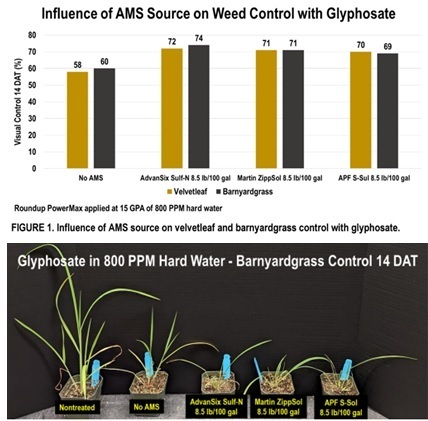Assessing Winter Wheat Damage After Early Spring Freeze
Temperatures in western Nebraska dipped into the low to mid 20s this past week. Fortunately, despite the wheat crop being further along than normal for this time of year, wheat in western Nebraska is just starting to joint. The joint stage is when the developing wheat head begins to move up the stem and above ground, making it more exposed and susceptible to freezing temperatures.
Prior to the head moving above ground, the risk for serious wheat injury is low. The primary damage at this stage of wheat development is to the leaves, which may become twisted and light green in color or become necrotic (“burned”) at the tip within one or two days after freezing. This may slow growth and may reduce tiller numbers, but growth of new leaves and tillers usually resumes with warmer temperatures. In some cases, severe leaf burn may cause lower leaves to senesce.
Leaf damage at this point will have little effect on final yields, although it is a stress on the plant. Combined with the very dry conditions we are currently experiencing in western Nebraska, these stresses can start to add up and ultimately affect yield. A nice rain in the next 7-10 days would go a long way toward helping the wheat crop.
If your wheat has jointed, the risk of significant crop damage is greater since the head is now above the ground. You can split stems lengthwise and look for the developing head. An uninjured head is bright yellow-green and firm. A developing head that has freeze injury will become white or brown and water-soaked in appearance.
Stem growth stops when the growing point is injured, but growth from later tillers may obscure damage. Stem injury also may occur as a result of freezing temperatures after jointing has occurred. This can take the form of stem discoloration, roughness, lesions, splitting, collapse of the internodes, and enlargement of nodes (joints). Injured plants often break over at the affected areas of the lower stem so that one or two internodes are parallel to the soil surface.
As long as wheat development, which is driven by temperature, stays ahead of normal, we run a higher risk of a spring freeze causing serious injury to the crop. We may have dodged the bullet this time, but once the head begins to rise above the ground, and particularly after the head has emerged from the stem, we will be at much greater risk for serious yield loss from freezing temperatures.
For more information on how to assess freeze injury in winter wheat, click here.






